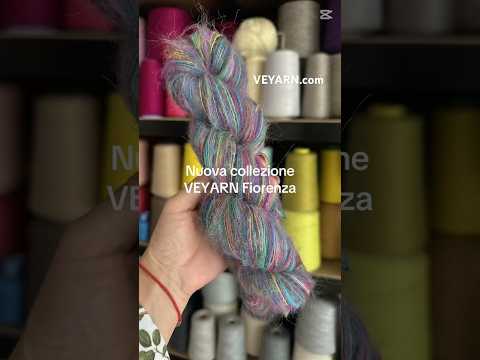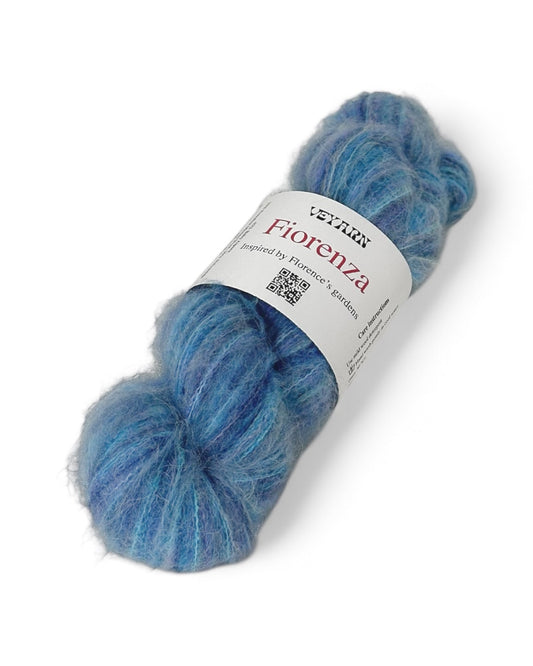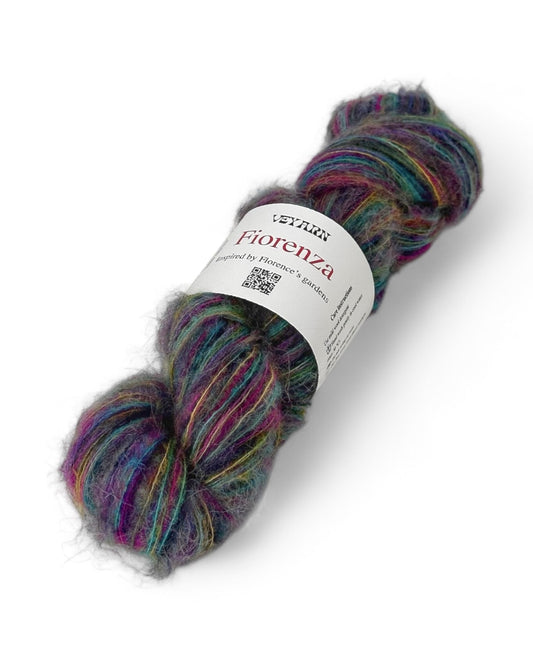Tussah silk, also known as wild silk, is one of nature’s most fascinating fibers.
Its texture is not perfectly smooth — a little uneven, slightly rustic — and that’s exactly what gives it its beauty.
Unlike shiny mulberry silk, Tussah silk has a soft matte glow, an elegant drape, and a natural strength.
It’s considered one of the most eco-friendly silks, since its cocoons come from wild silkworms that feed freely on oak and chestnut leaves.
Origins and History
The story of Tussah silk begins in Asia. Thousands of years ago, in India and China, wild silkworms were gathered from forests to make royal and ceremonial fabrics.
These garments symbolized status, purity, and connection to nature.
Unlike the cultivated production of mulberry silk, Tussah silk remained close to the rhythms of nature — no breeding farms, no artificial control, just the balance between people and wild silk moths.
Over time, the beauty of Tussah silk spread beyond Asia and captivated Europe.

The Journey of Silk to Europe
The arrival of silk in Europe is almost legendary.
In the 6th century, Byzantine Emperor Justinian I sent two monks to China, who secretly brought back silkworm cocoons hidden inside bamboo sticks.
That act began the first European silk production in Byzantium. From there, the knowledge of silk-making spread across Europe — especially to Italy, which became the heart of silk craftsmanship.
Since then, wild silk has held a special place in European textile culture — a symbol of ancient tradition and natural luxury.
Tussah Silk in High Fashion
Today, Tussah silk appears not only in artisan workshops but also on the runways of sustainable fashion.
Designers such as Stella McCartney and Eileen Fisher use it for dresses, tops, and accessories, highlighting the harmony between nature and style.
Celebrities who support eco-conscious fashion — like Gwyneth Paltrow and Emma Watson — often choose natural fabrics, including wild silk, for public appearances.
Tussah silk has become a symbol of timeless elegance: pure, effortless, and sophisticated.
Discover Tussah Silk in Our Shop
If you want to experience this natural elegance yourself, explore our Tussah Silk — 100% Natural Wild Silk on Cone in the shop.
It’s a luxurious Italian yarn, ideal for knitting, machine work, or hand-dyeing.
Its matte glow, lightness, and refined texture will inspire your next creation.
Hand-Dyeing
Tussah silk is a dream for hand-dyers.
Its slightly textured surface absorbs color beautifully, resulting in soft, smoky shades with a natural matte sheen.
Unlike mulberry silk, Tussah takes dye with depth and complexity — colors appear alive, subtle, and organic.
It’s perfect for gradients, ombré effects, or artistic hand-dye projects. After drying and blocking, the fiber opens up beautifully, and the color becomes even softer and more natural.
💡 Tussah silk works perfectly with acid dyes and other professional dyes for protein fibers, keeping its strength and beauty intact.
Practical Use and Yarn Consumption
With its generous length of 800 m per 100 g, Tussah silk is lightweight, economical, and suitable for almost any delicate project — from lace shawls to flowing dresses.
- Shawls and wraps: 80–150 g
- Tops and T-shirts: 120–250 g
- Sweaters and pullovers: 200–300 g
- Cardigans: 300–500 g
- Skirts: 200–350 g
- Dresses: 350–700 g
Tussah silk holds its shape beautifully after blocking, drapes softly, and pairs wonderfully with kid mohair or alpaca for more texture and warmth.
Tussah silk is more than a fiber.
It’s a story of connection between humans and nature, of ancient craftsmanship and modern artistry.
It embodies eco-conscious philosophy, textile mastery, and the quiet joy of creating beauty with your own hands.
Once you knit with it, you’ll understand why makers all over the world call it “wild elegance”.









